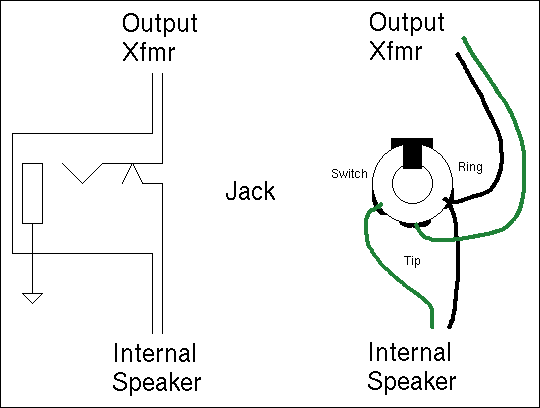Hi, first post and not knowledgeable about amplifier workings. I have a Silvertone 10xl and in the process of replacing the baffle for a 10" silver bell I would like to install a speaker jack in the chassis.
I am pretty sure the speaker is wired correctly currently, but I wanted to confirm that before putting in the jack. There are just two uninsulated wires coming out of this thing (output tramsformer?) that were going directly into the speaker, which was not original. There is a red and a blue wire going to it, you can see coming through the chassis.
Can you folks tell by looking which would go to the negative end of the jack, or is there a reasonable way to find out with a meter?




Thanks for looking!
I am pretty sure the speaker is wired correctly currently, but I wanted to confirm that before putting in the jack. There are just two uninsulated wires coming out of this thing (output tramsformer?) that were going directly into the speaker, which was not original. There is a red and a blue wire going to it, you can see coming through the chassis.
Can you folks tell by looking which would go to the negative end of the jack, or is there a reasonable way to find out with a meter?




Thanks for looking!


Comment